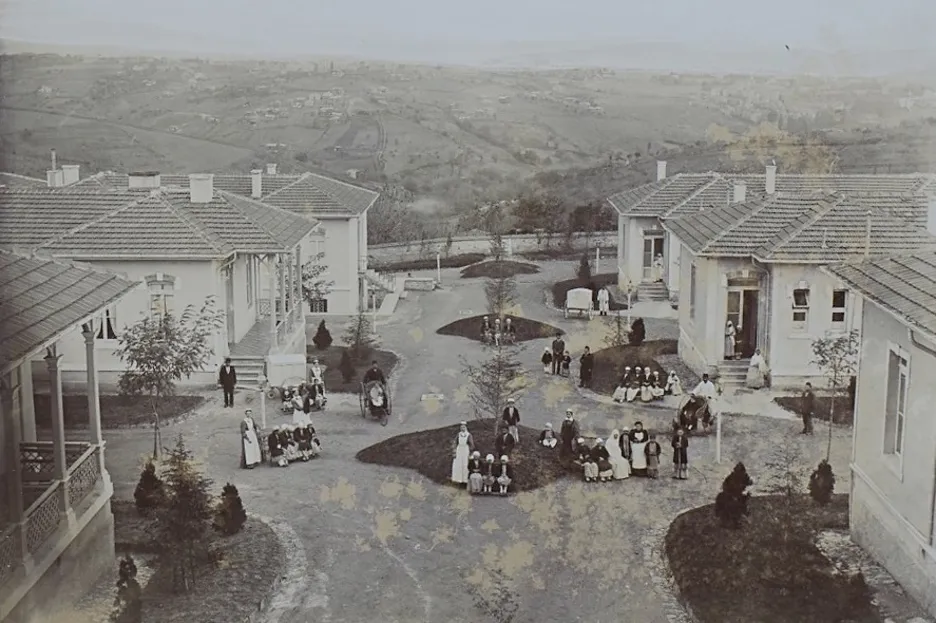On the Way to Modernity: Revisiting the Spaces of Modern Medicine of the late Ottoman Istanbul, 1839-1923

As we approach the third decade of the twenty-first century, the human body is in the limelight as a medical, social, political, and aesthetic object. Especially, within the challenging context of the Covid-19 Pandemic, the queries, and concerns related to health, hygiene and well-being have become more of an issue. In this setting, it is impossible to overlook the transforming roles and functions of architectural spaces, in particular the ones accommodating or serving healthcare purposes.
Throughout history, architecture and the human body have always been in close contact, affecting, shaping, and altering each other by multifarious means. In this framework, the spaces for medical science, healthcare, and hygiene could be seen as an interface where architecture and the human body engage in a special dialogue based on pragmatic grounds interlaced with a complex set of social, cultural, and moral values.
In the discontinuous history of medicine, the 19th century was a turning point as it witnessed radical changes in medical scholarship as well as the spaces it was studied, practiced, and disseminated.
Accordingly, this dissertation project examines the medical spaces established in Istanbul during the late Ottoman period (1839-1923) to decipher the complex relationship of the developments in the field of architecture with the modernization of healthcare in the Empire. Underlining the interdisciplinary relations, I aim to transcend the sanctioned limits of the fields of architectural history and medical history to understand the medical architecture of the late Ottoman Empire with all its social, political, economic, and artistic dimensions. While exploring these aspects, I also consider the multifaceted interactions between the Ottoman Empire and Western Europe in the fields of architectural design and medical science. In this context, I probe the hospital buildings, medical schools, laboratories, and preventive healthcare centers designed, constructed, or renovated in Istanbul during the 19th and early 20th centuries, in close contact with European experts and institutions.
The 19th century was also marked by significant developments in visual culture. The invention of photography, film, diorama, and stereoscope brought a new dimension to human vision, perception, and cognition. As these visual media presented new ways of seeing and perceiving, the visual conception of the world has completely transformed. In the Ottoman context, among these new visual media, photography stepped forth. Soon after its invention, photography rapidly proliferated and the camera turned into an indispensable visualization apparatus in the Empire.
Considering the abundance of photographic data documenting the medical practices and spaces of the late Ottoman Empire, in this research, I focus on visual sources, especially photographs of the time to explore the mechanisms of vision and visuality and their relationship with power structures.
Zeynep Ece Sahin Korkan M. Arch Middle East Technical University, Turkey
since 2022